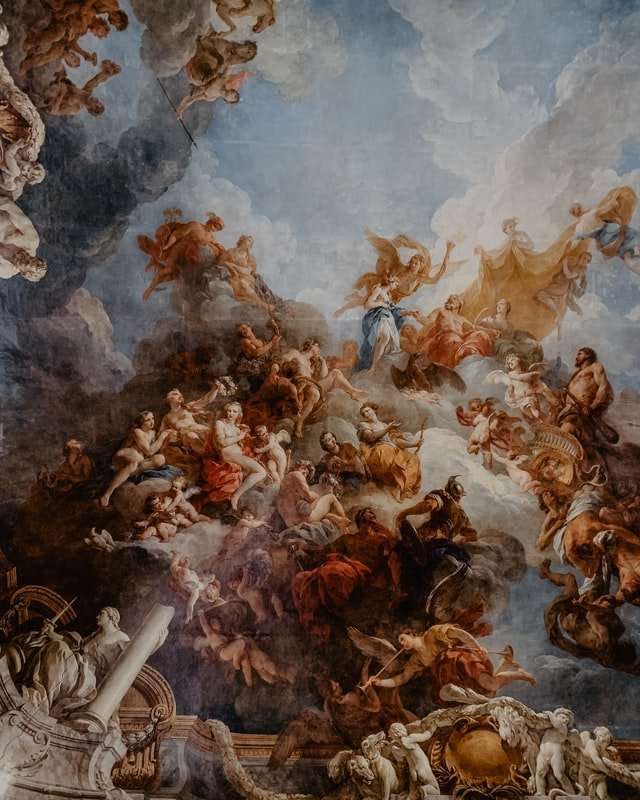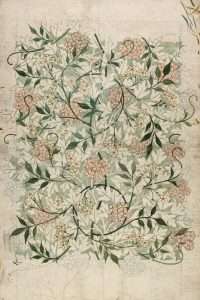The art market is highly speculative, but it isn’t a pure gamble. Art can be a good investment and is often viewed as one by collectors. But art is also an enabler of wealth creation in other ways such as increasing the value of property you own or creating a cultural environment that enhances your business.
The most important thing to do when buying art is to make sure it’s good art and that the piece fits in with your existing collection or home. As long as you understand what you’re buying, you can avoid many costly mistakes. The best way to understand what you’re buying is to work with an experienced art advisor who has expertise in the types of art you’re interested in.*
While the value of a piece of art will be determined (in part) by who the artist is and how much their work is in demand, there are other considerations that will impact value.
“Why do we buy art? It’s an interesting question,” says Master Collector, Robert V. Taylor. “We buy it because we want to invest in our lives.”
“Buying art is an investment. And it’s a really good one,” he continues. “If you buy great work of art that is done by a master and if you’re willing to hang onto it and love it and live with it, it will appreciate at a great pace over time.”
For every buyer, Taylor says, there are two questions to consider: What is this purchase going to mean for my life? And what am I going to do with it?
“What you have on the wall or in your house really affects your life,” Taylor explains. “Art has power; it can move people.”
On the other hand, “if you don’t love it, then don’t buy it.” He adds: “The most important thing about being an art collector is having a passion for collecting art.”
Warli Art Painting, Many people find it difficult to purchase fine art. It is a larger investment and requires a more complex decision making process. It can be overwhelming to enter the world of collecting fine art, but it doesn’t have to be.
Here are some tips to help you buy art more effectively as an investment:
1) Decide on a type of artwork that you are passionate about. When making your decision, think about what you like most and how you can enjoy it on a daily basis.
2) Purchase when you feel good about your purchase. If you feel good about your purchase, the chances of it being profitable are higher than if you have any doubts or reservations about it.
3) Consider what kind of artwork will be in demand in 5-10 years from now. The best way to predict this is to look at the current trends and what new artists or styles are gaining popularity. Buy when these new artists or styles are just becoming popular so that your collection will gain in value as time goes by.
4) Buy from a reputable dealer who keeps records on all of their sales and purchases. A dealer with an established reputation will help protect you from buying fakes or paying too high of prices for items that may not gain in
What I see as the primary motivation for art collecting is what I call the “warmth of heart” feeling that comes from having authentic works of art in the home. That’s the most important reason people buy art, and it’s a big part of why I do, too.
When you buy a work of fine art, you want it to be an heirloom that can be passed down in your family. You want to feel good when you look at it every day. So when people come to me to ask how they can get into collecting art, my answer is always simple: Start with something you love. Then let it lead you where it will – into more things that speak to you, that resonate with your feelings and interests.
The recent sales record of Indian art suggests that collectors are starting to take an interest in the genre again. Indian art has become a favorite category for new collectors. One reason for this trend is the proximity of India to the Middle East and other oil-producing countries, whose buyers have traditionally been avid patrons of South Asian art. The long cultural history of India has provided a rich repository for collectors interested in vintage works: Indian art has been around for about 5,000 years!
The emerging trend toward Indian art collecting is also fueling demand for contemporary artists working with traditional materials and subject matter. Many contemporary artists are becoming increasingly interested in traditional forms and motifs, as well as ancient themes such as mythology and spirituality, which resonate with collectors from around the world.
While many of these modern works may appear to be at odds with the Western idea of what constitutes “art,” they are highly collectible, particularly among younger generations who wish to express their identity through their collections. The growing popularity of Indian art among younger collectors has helped fuel the growth of this category.
What makes Warli Painting a good investment? It is a unique art form and a Master Piece. With its rich pictorial representation, it appeals to both the art lover and the connoisseur of Indian Art.
It stands apart from other painting mediums since it uses natural pigments for coloration and does not require any varnish or lacquer coating. The quality of the artwork is enhanced by its elasticity, which enables it to be stretched or shrunk without affecting the picture. The medium is even water resistant.
Tribal art has always been a good investment, as proven by its high price in the international market. Warli Art is no exception. In fact, it has proven to be a better investment than most other tribal art forms. Not only because it is unique, but also because Warli Painting is becoming increasingly rare with each passing day due to urbanization and modernization in India.
The cost of Warli paintings depends on various factors: size, design complexity and media used like paper or cotton canvas etc. So it becomes difficult to put a specific price tag on them when sold in international market for auctioning purposes. But an approximate range can be given as between US$ 2500 – US$ 5000 for normal size paintings and US$
The art market is a relatively recent development, dating back less than four hundred years. Once confined to Europe, it has grown in importance and spread to encompass the entire world, including the United States. The art market is governed by a number of factors including:
The Artist’s Reputation and CareerThe most important factor in determining price is the reputation of the artist. There are many artists who are household names in the art world, and whose work would easily be worth millions if they were alive today. This can be seen in the prices for works by Picasso (1881-1973), one of the most famous artists of all time. In his lifetime, Picasso produced more than 20,000 paintings, drawings and sculptures. His pieces have sold for as much as $106 million at auction, but even small works by him sell for tens of thousands of dollars. The work of an artist like Picasso is always highly sought after because his paintings have been so desirable throughout history.
Tastes and PreferencesArtworks that sell well reflect what people want to buy at any given time. Even today, some artists are popular while others are not; buyers look for certain qualities and subject matter when making purchases. The success of an artist depends on how receptive audiences are to


